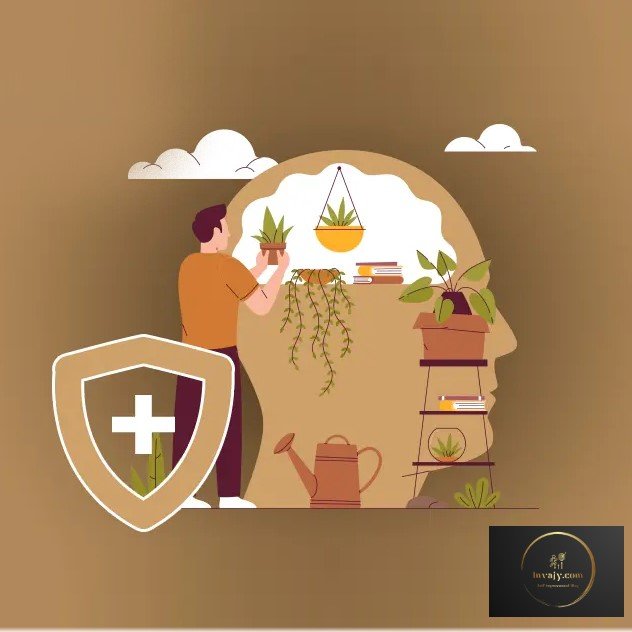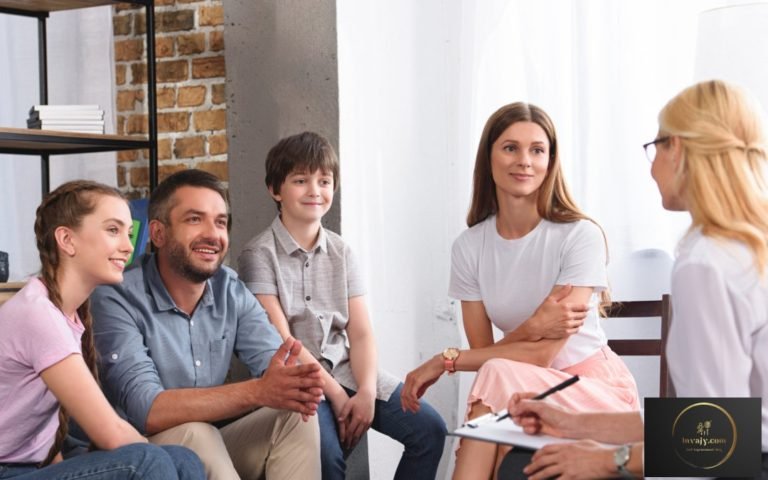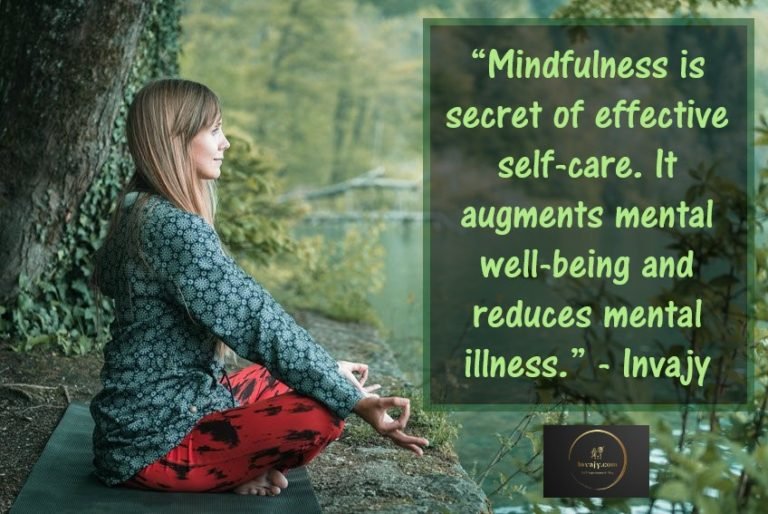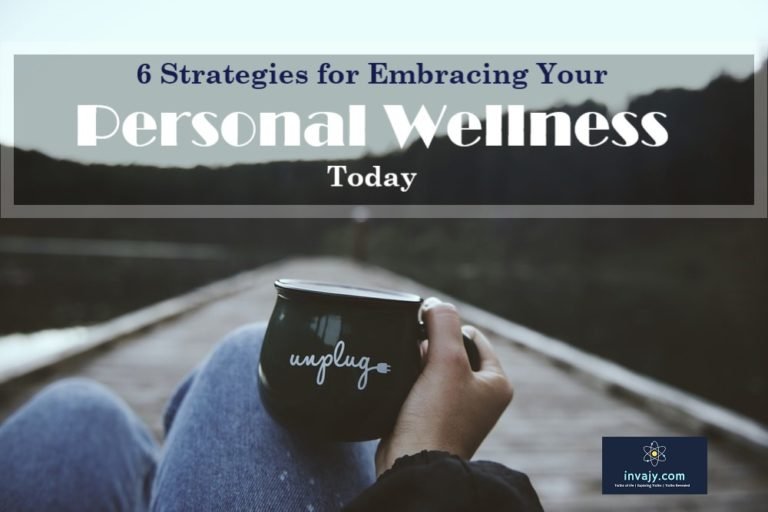How to Recognize and Treat Childhood Trauma?
A child’s mental health is as important as their physical health. Being mentally healthy allows children to function optimally and socialize well with others. Unfortunately, some people are exposed to trauma during their childhood years, putting them at risk of mental health problems, according to research. Common examples are post-traumatic stress disorder (PTSD) and alcohol dependence.
Since childhood trauma has long-term effects, it’s vital for parents, caregivers, and those working closely with kids to be aware of trauma signs and symptoms. Or if you’re someone who has witnessed or experienced a traumatic situation when you were still a kid, this article also applies to you.
What is Childhood Trauma?
Childhood trauma or developmental trauma is a situation in which a child was exposed to an adverse event that has threatened their life and safety. This can include anything from witnessing school violence to losing a loved one and parental divorce. According to the Substance Abuse and Mental Health Services Administration, over two-thirds of children report experiencing at least one traumatic event by the age of 16.
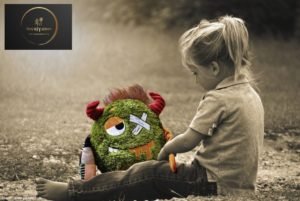
The Common Causes of Childhood Trauma
Situations that threaten a child and lead to trauma include the following:
- Bullying
- Being neglected by a parent or caregiver
- Community and school violence
- War experiences
- Domestic violence
- Getting into an accident
- Losing a parent or loved one
- Natural disasters and terrorism
- Racism in a community
- Homelessness
- Sexual exploitation
It’s important to note that some children experience more than one traumatic event. If not, they may have gone through the same event multiple times.
Signs and Symptoms
Changes in a child’s mood, behavior, and the way they interact with others may indicate that they’re suffering from trauma. Watch out for:
- Having frequent nightmares
- Loss of appetite
- Withdrawing from their peers and usual activities
- Problems in their school performance
- Feelings of loneliness or depression
- The use of alcohol or drugs
- Moodiness and anger issues
- Being fearful all the time
For teens and adults, childhood trauma can manifest as an eating disorder, low self-confidence, health problems (high blood pressure, chronic stress, heart disease, etc.), and suicidal thoughts.
Negative Effects
Traumatic experiences can impact people in many ways. More often than not, those who have suffered terrifying events get diagnosed with post-traumatic stress disorder (PTSD), which is characterized by frequent flashbacks and the avoidance of things that remind them of the trauma.
Other lasting consequences include anxiety, depression, impulsivity (acting without thinking about something thoroughly), certain addictions, difficult relationships during adulthood, and inaccurate thoughts that affect how they view themselves and the world — otherwise known as cognitive distortions.
How to Recover from Childhood Trauma
While you cannot completely avoid childhood trauma, the good news is that you can diminish its impact on your life or help a child who’s currently dealing with it to receive all the support they need.
Noticing the signs and symptoms of trauma is the first step toward trauma resolution. Additionally, seeking help from a qualified mental health professional can do wonders in recognizing trauma triggers, processing the event, and encouraging self-care during the healing process. Read these tips:
Work with a therapist
Therapy has been recognized as an effective treatment for trauma, especially trauma-focused cognitive behavioral therapy (TF-CBT). Support not just from caregivers, but also from the right professionals, can reduce symptoms of anxiety and PTSD.
TF-CBT provides trauma survivors with a safe space to talk about their experiences and explore coping strategies. It’s interesting to note that parents also benefit from TF-CBT by learning skills to support their traumatized child. Some of the best resources that therapists provide are trauma worksheets that kids can answer at home. These worksheets vary depending on the desired goal — for example, identifying trauma triggers, developing coping skills for those triggers, and building resilience.
Daily self-care
While receiving therapy, kids can be taught different techniques to care for themselves. Self-care creates positive feelings. It boosts their focus and confidence! Adults who are coping with childhood trauma should make self-care a priority.
Here are examples of activities for self-care:
- Eat natural, nutrient-dense foods that support the brain. B vitamins in meat, eggs, seafood, and leafy vegetables improve your mood and brain health.
- Walking and other forms of exercise naturally reduce feelings of anxiety. It’s also a chance to connect with nature and socialize.
- Read books that help your child deal with trauma. When you’re at a loss for words, children’s books are great conversation starters.
- Find a hobby that sparks joy. For kids and adults, it can be origami, creative writing, and cooking.
Practice self-regulation
As mentioned earlier in this article, exposure to trauma makes an individual prone to engaging in impulsive behaviors. This includes acting immediately after feeling intense emotions and constantly seeking excitement.
Being able to calm down and manage your own reactions can be achieved through self-regulation. Children and adult trauma survivors can improve self-regulation using mindfulness strategies. The more they’re aware of their thoughts, the more refined their actions, and the better they become at dealing with life’s stressors.
Final Thoughts
Traumatic experiences during childhood can have a significant impact on their happiness, performance, success, and relationships. Resolving trauma starts with acknowledging it. For parents and caregivers, noticing the signs and symptoms in a child allows them to get timely help. Remember that it’s never too late to heal from trauma.



